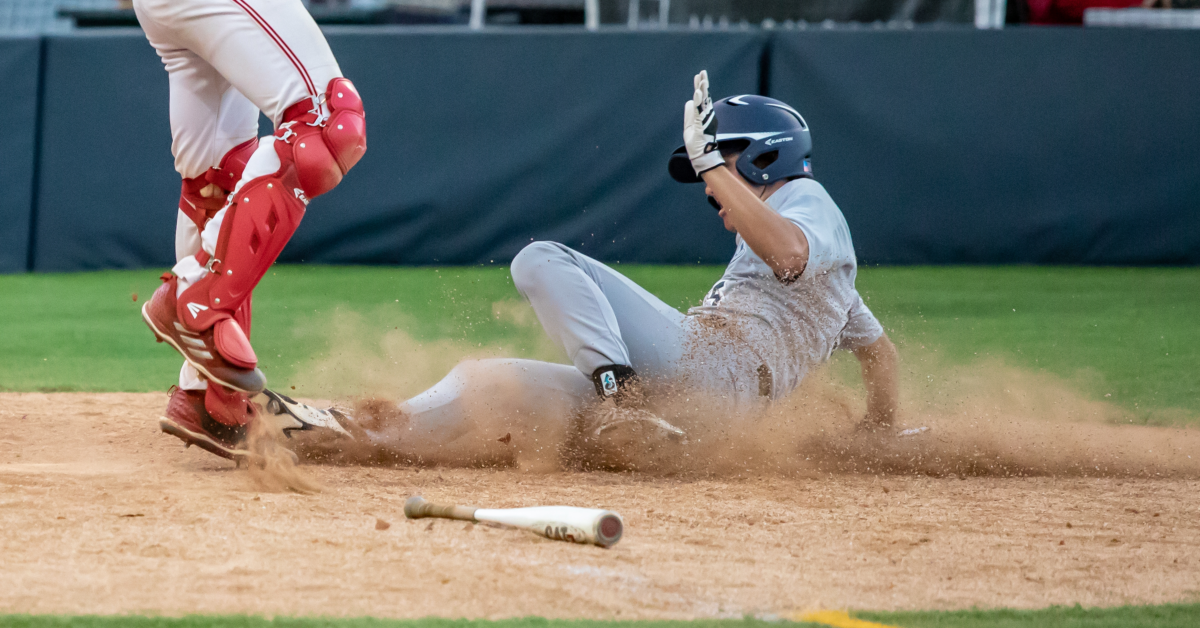Baseball Injury Prevention: How to Stay on the Field
Baseball is a year-round sport, especially in the area that we live. The benefit of an off-season is not only for rest and recovery but to balance asymmetries and to work on weaknesses in your game. If you pay attention to professional sports, you will realize that pro-athletes do not have an "off-season," but rather a period of time where they aren't competing. After winning his 7th Super Bowl, Tom Brady was spotted on the field throwing passes one week after the big game – proof that you're never truly "off the clock" as an athlete. So, the real question is, why are baseball players so susceptible to elbow injuries? When a high school baseball player is sitting on my table, the last thing a parent wants to hear come out of my mouth is the dreaded phrase "Tommy John."
What is Scapular Instability?
What is the main reason for elbow injuries? Scapular instability. Scapular (shoulder blade) stability is crucial for the health of the throwing athlete. Since the throwing motion is such a compound movement, maintaining strength without imbalances is of utmost importance. When talking about strength, it is critical to make sure that the athlete is not just stretching all of the time. It's important to know when the player needs strengthening and when they just need to move better.
- Biomechanical asymmetries
- Excessive throwing without a proper warm up and cool down
- Improper mechanics
- Poor diet and rest
This is the order that I address a few of these issues. The first thing I do is test for tears, sprains, and strains, making sure that nothing is overlooked. The next thing is to find asymmetries in ranges of motion and strength. In the industry, a lot of attention is brought to Gelnohumeral Internal Rotational Deficit (GIRD). However, too much weight is put on this finding because it does not always lead to injuries. A more telling sign of elbow injuries is a decreased total movement arc. The total range of motion between shoulder internal rotation and shoulder external rotation needs to be close to 170 degrees, which is more important than having an internal rotation of 80 degrees.
What Does Your Warm Up Look Like?
- Do you have a sweat going before you throw every single time?
- Do you find yourself late to practice and jump into the middle of it without warming up?
- Have you ever seen a baseball team stretch after a game or practice?
I have been around high-level baseball for a long time, and still see improper warm up and cool down techniques.
When it comes to scapular instability and improper throwing mechanics, it all comes to the idiom of the chicken and the egg. Did the chicken or the egg come first? This is a question that gets answered in my office after we start to unlock the keys to a healthy shoulder and elbow.
How to Prevent Baseball Injuries
So, how do we use this information to avoid injuries? Imagine a giant jigsaw puzzle. We have to find out the shapes of each piece and fit them together. These are the biggest takeaways for my baseball players.
The warm up needs to be at least 10 minutes long, but ideally 15-20. What makes a warm up sufficient? It needs to be specific to each athlete. I always tailor warm ups to an athlete's deficits after doing a movement screening and treatments in the office. A few things that every good warm up include are as follows:
- Isometric core work
- Resisting movements
- Squats
- Lunges
- Scapula mobility
It should also include explosive jumping, sprinting, and sport-specific movements.
- Hip flexor stretches
- Posterior rotator cuff stretches
- Latissimus dorsi stretches
- Thoracic spine mobility
This would also be a good time to foam roll to help reduce tightness for the next throwing session.
Be Proactive
Due to my history with baseball, I'm especially passionate about teaching young players how to keep themselves healthy and able to be on the field. If you're concerned about your or your child's health on the field, please schedule an appointment so we can identify potential or current issues and take action!

